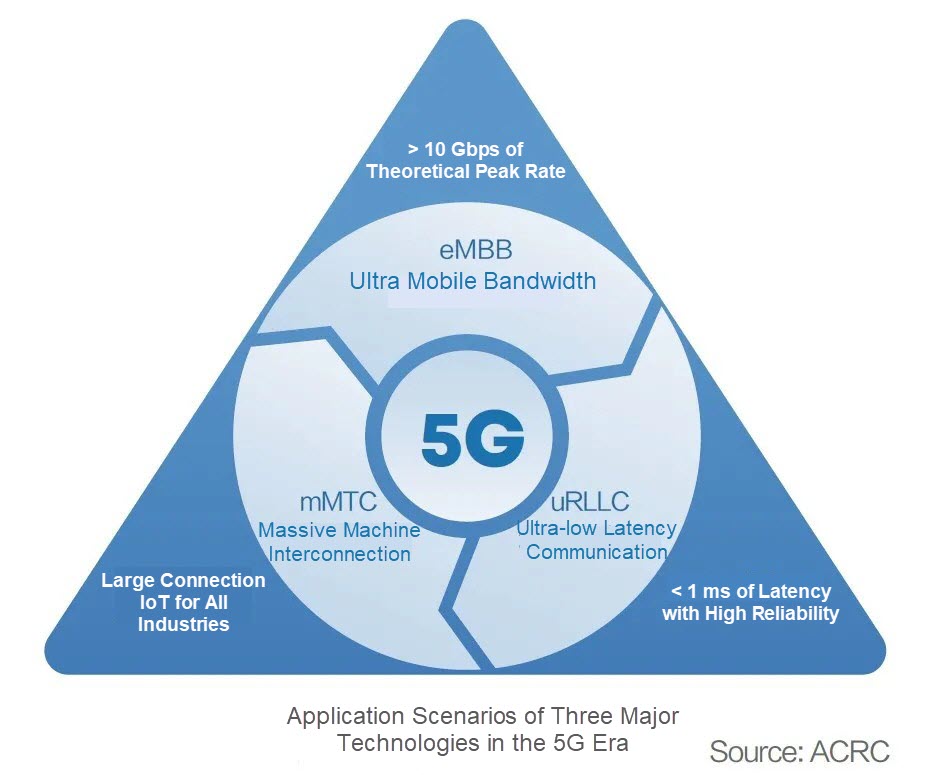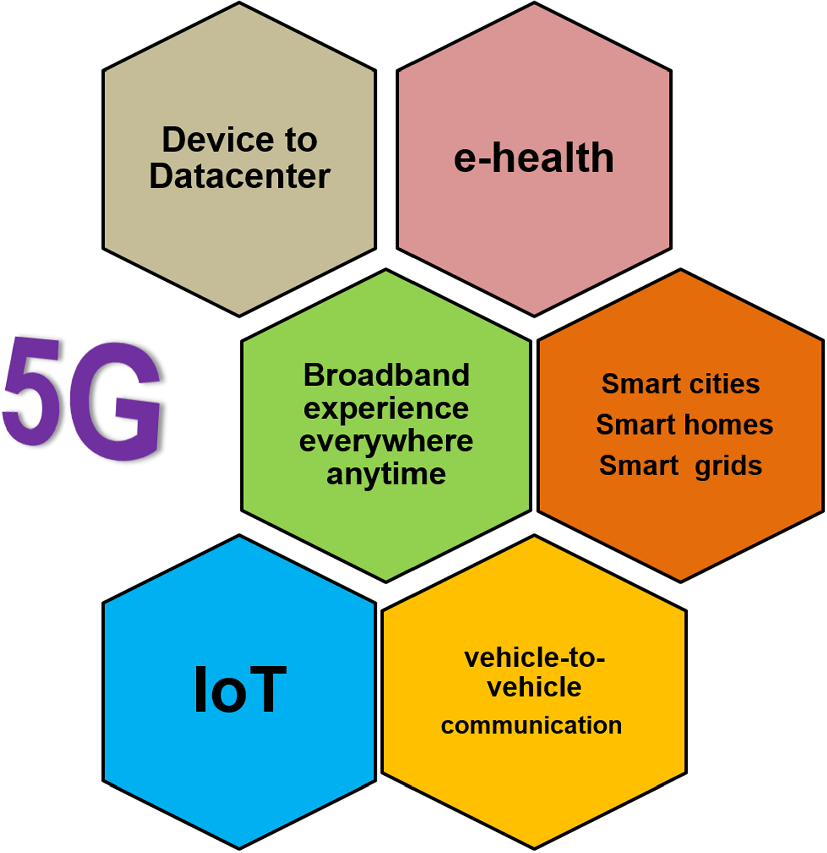
5G networks will feature many more antennae in a given area than previous generations. High densities of devices create congestion and non-responsiveness problems in existing mobile networks. This is the fundamental architecture that will underpin 5Gs disruptive potential. Should a connection become unstable, the phone could immediately switch to an alternative, more stable link in the same bandwidth or a different link using a different bandwidth. For example, a phone might be simultaneously connected to signals in various bandwidths.

Devices can switch back and forth between these concurrent data streams with exceptional speed and reliability. MIMO is when multiple antennae have simultaneous connections running parallel data streams. In compensation, 5G devices will use a technique called massive MIMO (multiple-input multiple-output). While very fast, and needing only very small antennas, connections with the very short submillimeter wavelengths are more unstable. These early implementations of 5G are using sub-6 bandwidth (1-6Ghz) which will not be able to support the fastest 5G data rates.

In early commercial deployments, users are only experiencing download rates three times faster than 4GLTE networks in the same geography. The fastest 5G speeds are only are only possible in close proximity to a millimetre band 5G base station. The fastest data speed recorded to date in 5G trials is 36Gbps (Etisalat UAE). In this article, we dive into some of the vital technology features of 5G and why they matter.ĥG is designed to support data speeds in the 10 gigabits per second (Gps) to a 20Gbps range. Helping our clients fully understand coming disruptive technologies is a pillar of how The Burnie Group operates. If you’re looking to learn more about 5G, you’ve come to the right place. Set to replace 4G LTE networks in the coming years, 5G will deliver increased speed, higher device density, improved signal reliability and extremely low latency.

5G is the most recent generation of broadband cellular technology.


 0 kommentar(er)
0 kommentar(er)
